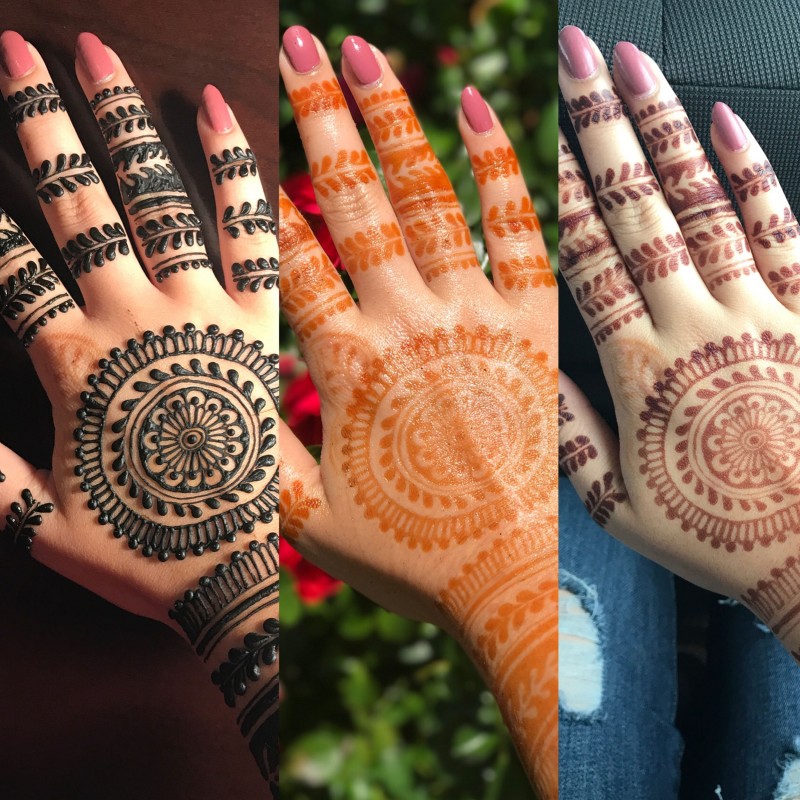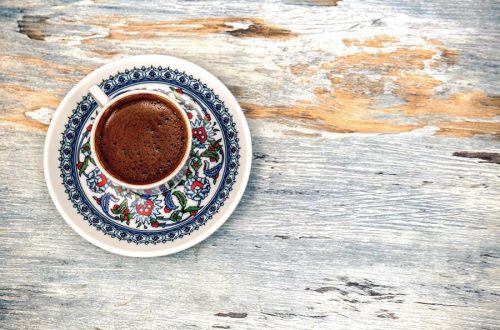
The Turkish wedding and the magical night of henna
For a long time I had been planning to write an article on Turkish wedding. Many of you have already seen images on television, which are not always easy to interpret. Charming and fashionable young people, in very, perhaps too, traditional contexts, which sometimes seem not to correspond to the current state of affairs among the youth.
The Turkish wedding
Well yes, whether the Turks are educated, in career or in fashion, marriage is one of those stages in one’s life, which must be faced with respect for traditions and for one’s family. For the Turks, respect for this tradition is fundamental, because it means respecting one’s parents.
I want to explain, as far as possible, the most widespread traditions of Turkish marriage, considering that they can vary from one region to another. The Black Sea region, for example, will certainly have different traditions than the south-eastern part of the country.
The Turkish wedding and the new family
Turkish wedding is not the simple union of two people, but the union of two families, and the bride will become part of her “new” family.
I still remember my mother’s words, which she always said to me: “at your father’s house you are a welcome guest, but your house will be your husband’s”. These are words that make us reflect and understand the social dimension of marriage.
The woman will therefore be part of a new family and will have two other “parents”, because the mother-in-law will be called “Anne” (Mom), while the father-in-law will be called “Baba” (Dad). It is very rare that this does not happen and that the husband’s parents are called by their first names or in another way.
This aspect only underlines the importance of marriage as a real social event.
The Turkish wedding and the various stages
The development of the Turkish wedding is punctuated by some mandatory stages. Such as Söz kesme (formalization of the relationship), Nişan (engagement), Kına gecesi (henna night) and Düğün (marriage).
The first meeting
The first meeting between the boy and the girl can also be organized between families, this still happens today, it is still a very widespread practice. In reality, these traditions are not constraints as one might instinctively think, because for families it is a question of looking for the right bride for the groom and vice versa. It includes a prior “investigation” into the respectability of the bride and groom and especially their families.
If the young bride and her family correspond to these prerogatives, the first meeting will be organized to drink coffee at the house of the bride to be, which will be subject to observation by both the future husband and the family who have accompanied him to formalize the request.
In the event that the young people already know each other and intend to get married, this meeting becomes a practice to make their respective families known, respecting the tradition that Turkey is trying to preserve and pass on to further generations.
The tradition of salt in coffee
At some point the future bride will have to prepare coffee. The mother must absolutely not get up, so as not to arouse the suspicion that she has helped her daughter. The coffee must be prepared and presented by the future bride, who for the occasion will have to demonstrate her skill and her grace in offering coffee to guests.
The moment of coffee is codified, in fact, the older people are always served first. It is on this occasion that the future husband will be served a salty coffee. Drinking salty coffee, with a horrible taste, is proof of the future husband`s patience and motivation.
The head of the family formalizes the request
During the visit, the official request is formalized by the head of the future husband’s family. The future bride is usually not accepted during this first meeting, even if she is interested in marrying the potential bridegroom. This is to avoid giving the impression that the father is desperate to marry off his daughter at all costs. A few days of reflection will be needed.
If the girl is not interested, she will have informed her parents in advance, who will then answer no, motivating the choice with neutral reasons such as “my daughter does not feel ready for marriage” or “my daughter wants to study” and so on.
In case it is necessary to reflect, in few days, a second meeting with take place between them. On this occasion, the future mother-in-law will solicit the future bride`s response.
If so, there will be another meeting to make it official (Söz kesme) and to decide how and when to organize the Nişan (engagement), at the expense of the future bride`s family.
Nowadays, in Turkey, many engagements are as lavish as weddings. It is an opportunity for the future bride’s family to show off their financial situation and demonstrate their attachment to their daughter.
The engagement
The engagement can last a couple of months and it is good that it does not last too long. Once you are officially engaged, it is good practice to establish the wedding date as soon as possible.
This is a very important aspect, too long of an engagement could give rise to gossip. The couple may meet and hang out during this period, but always with wisdom and discretion.
We remember that in Turkey the respectability and honour of a family are fundamental.
Hamam kit
During the engagement party, the bride-to-be receives gifts and presents from the groom’s family, especially gold. This is also an opportunity to demonstrate one’s social status. One of the gifts is certainly the complete hamam kit, which corresponds to an invitation to go to the hamam with the other women of the two families.
All the women will meet at the hamam, where the future bride will be observed from another angle, this is the beginning to get to know the most important members of her husband’s family, who are, of course, the women !!
The opening of the çeyiz, the dowry
A few days before the düğün, the wedding, the exciting opening of the çeyiz takes place. The çeyiz, or dowry, which has been kept in a special trunk, contains everything that the mother has carefully bought, embroidered or sewn for her daughter, from days of her earliest childhood.
We find crockery, coffee and tea sets, embroidery for the whole house, tablecloths, sheets and much more. The çeyiz is then washed, ironed and displayed before being shipped to the bride and groom’s home.
At this point, I must point out that with great surprise I have observed this tradition also takes place in Sicily. In fact, in some towns of Palermo, it was customary to display the girl’s dowry and show it to neighbours and relatives, before placing it in her future home.
These are intense moments for the mother and daughter, since this is another moment of preparation for the imminent departure from their parents’ home.
The enigmatic Kına gecesi or henna night
Now we have come to the fateful night of henna, which I’m sure will interest many of you.
A few days before this important ritual, the Kına gecesi or henna night, the future bride’s friends will keep her company, to chat and spend the night with her.
In the past, the Kına Gecesi was held only between women, but now it is a real party with relatives and friends. The Kına Gecesi is a very strong symbol for all Turks, because it represents the definitive separation with the family of origin.
It is also a moment of sadness for the bride to be and her family, it is a tradition that sad songs and sometimes real “laments” are sung, until the future bride, completely moved with emotions, bursts into tears and consequently also her mother, aunts and friends.
Between dances, tears and entertainment, the moment of henna will come, preceded by musical moments, before being applied in the palms of the hands (hands wrapped with red ribbon) of the future spouses and then of the guests.
It is a magical moment, and whoever wants to get henna spread on their hands, which, kept all night, will get the well-known reddish colour. Nowadays, spectacular designs and fantasies are made, but it always remains an important stage that no bride or groom can escape from.
Usually the Kına gecesi takes place the night before the wedding, but also in this respect things have changed; the wedding may even take place after a few days.
Kına gecesi will bring success and happiness to the couple! Try it yourself.
The day of the wedding: düğün
Before the düğün, young people will have to go to the Municipality for the civil ceremony, which is mandatory. The bride will get ready at her house with the women of her entourage. The groom, bride`s family and some friends of the bride will come to take the bride, who will be in a white dress and her head covered with a red handkerchief.
The bride and groom will arrive at the reception room together. The düğün in Turkey is a time of celebration during which there is a lot of dancing, eating and even more dancing. In more traditional families, halay folk dances are danced, which vary according to the region of origin.
The Turkish wedding is an opportunity to see the whole extended family again, because everyone is invited . It is not uncommon to attend weddings with more than 400 people. While in Italy we think of the fateful wedding menu, perhaps in Turkey we think of the singer or the group to invite.
In addition to the meal, there will be another very important break during the düğün, the takı!
The takı
Takı is the time when guests offer gifts to the newlyweds. In Turkey, people still donate a lot of money and gold.
It was a custom, but now it is changing. It used to be that gifts were announced aloud; what was given and by whom, making it a moment of great pride for those who could afford to give expensive gifts. This practice could create emulation on the one hand but discomfort on the other.




